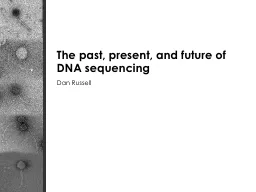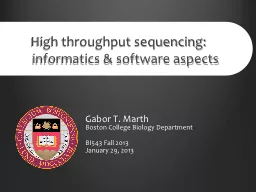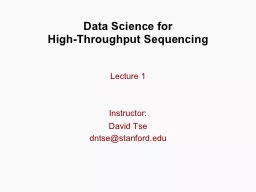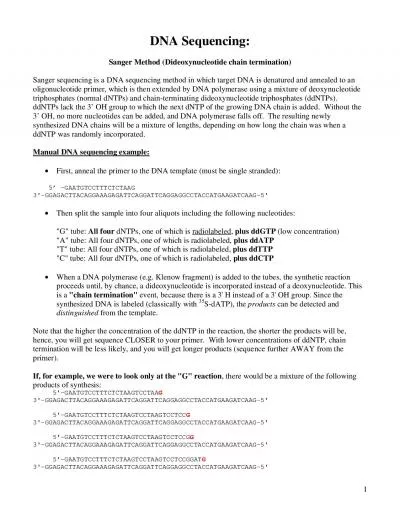PPT-Single-Cell Sequencing Jie
Author : DateMeDarling | Published Date : 2022-08-01
He 20191031 The Core of Biology Is All About One Cell Forward Approaching The Nobel Prize in Physiology or Medicine 2004 Dr Richard Axel Dr Linda Buck The odorant
Presentation Embed Code
Download Presentation
Download Presentation The PPT/PDF document "Single-Cell Sequencing Jie" is the property of its rightful owner. Permission is granted to download and print the materials on this website for personal, non-commercial use only, and to display it on your personal computer provided you do not modify the materials and that you retain all copyright notices contained in the materials. By downloading content from our website, you accept the terms of this agreement.
Single-Cell Sequencing Jie: Transcript
Download Rules Of Document
"Single-Cell Sequencing Jie"The content belongs to its owner. You may download and print it for personal use, without modification, and keep all copyright notices. By downloading, you agree to these terms.
Related Documents










![NGS: Next-Generation [high throughput] Sequencing I: Background](https://thumbs.docslides.com/702160/ngs-next-generation-high-throughput-sequencing-i-background.jpg)



